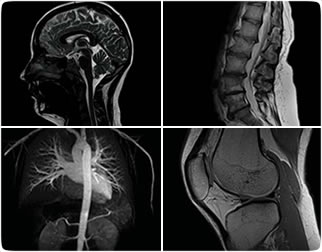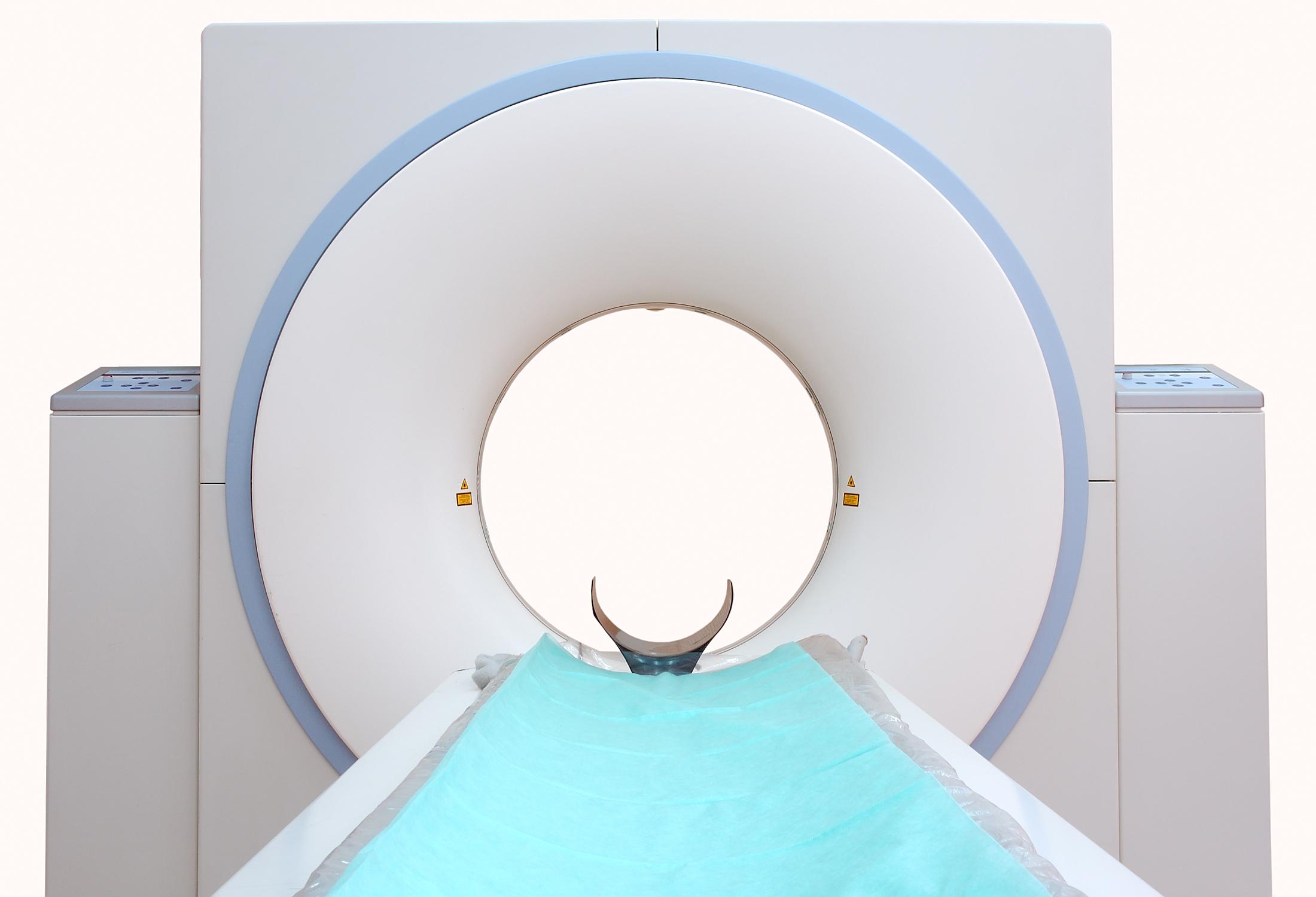However,
the MRI suite can be a very dangerous place if strict precautions are not
observed. Credit cards or anything else with magnetic encoding will be erased.
Metal objects can become dangerous projectiles if they are taken into the
scan room. For example, paperclips, pens, keys, scissors, jewelry, stethoscopes
and any other small objects can be pulled out of pockets and off the body
without warning, at which point they fly toward the opening of the magnet
at very high speeds.
Big objects pose a risk, too -- mop buckets, vacuum
cleaners, IV poles, patient stretchers, heart monitors and countless other
objects have all been pulled into the magnetic fields of the MRI. In 2001,
a young boy undergoing a scan was killed when an oxygen tank was pulled
into the magnetic bore [source: McNeil]. Once, a pistol flew out of a policeman's
holster, the force causing the gun to fire. No one was injured.
Maybe
you're concerned about the long-term impact of having all your atoms mixed
about, but once you're out of the magnetic field, your body and its chemistry
return to normal. There are no known biological hazards to humans from being
exposed to magnetic fields of the strength used in medical imaging today.
The fact that MRI systems don’t use ionizing radiation, as other imaging devices
do, is a comfort to many patients, as is the fact that MRI contrast materials
have a very low incidence of side effects. Most facilities prefer not to image
pregnant women, due to limited research of the biological effects of magnetic
fields on a developing fetus. The decision of whether or not to scan a pregnant
patient is made on a case-by-case basis with consultation between the MRI
radiologist and the patient's obstetrician.
MRI
Safety Concerns
How
MRI Scanner Work
To ensure safety, patients and support staff
should be thoroughly screened for metal objects prior to entering the scan
room. Often, however, patients have implants inside them that make it very
dangerous for them to be in the presence of a strong magnetic field. These
include:
Metallic fragments in the eye, which are very dangerous
as moving these fragments could cause eye damage or blindness
Pacemakers, which may malfunction during a scan or even near the machine
Aneurysm clips in the brain, which could tear the very artery they were
placed on to repair if the magnet moves them
Dental implants, if magnetic
Most modern surgical implants, including staples,
artificial joints and stents are made of non-magnetic materials, and even
if they're not, they may be approved for scanning. But let your doctor know,
as some orthopedic hardware in the area of a scan can cause distortions
in the image.




